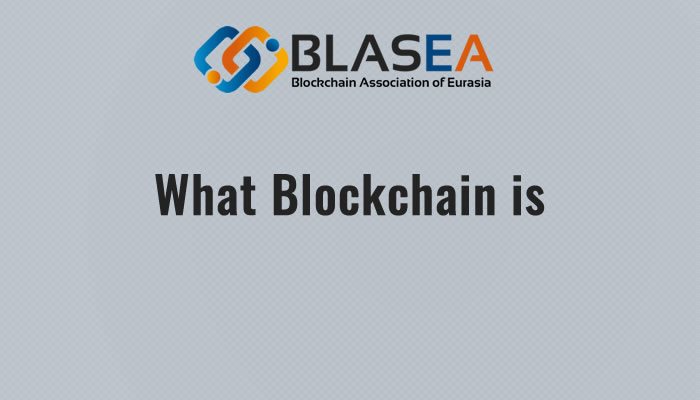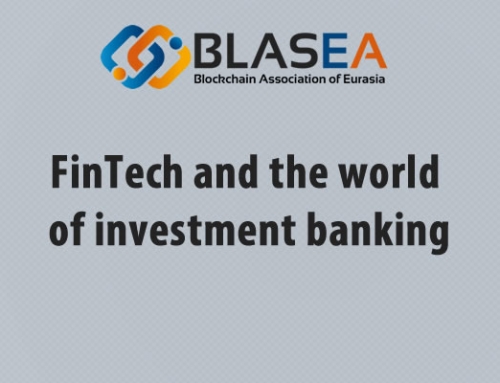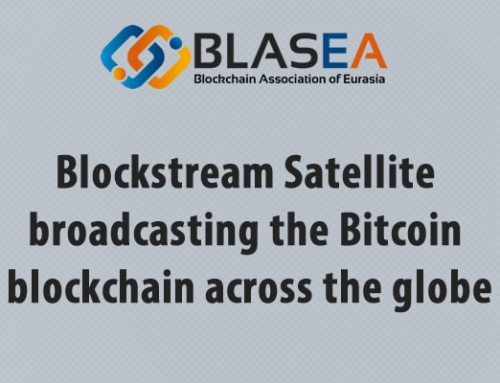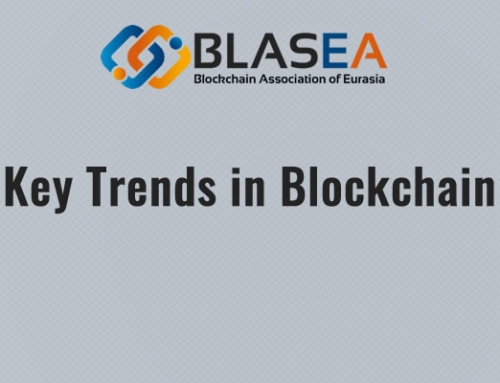Business and Governments never operate in isolation; they are participants in a business network. Ownership of assets, tangible (e.g. a car, a house) or intangible
(bonds, intellectual property), pass across the network in return for payments, governed by contracts.
Today network participants keep their own ledger that records all the assets they own and is updated on asset transfer. This process is very inefficient because there is cost and time added by intermediaries in completing the transaction and the entry is made twice; once in the seller’s ledger and a second time in the buyers. In some cases, these entries do not agree and further cost is expended later in the cycle to reconcile the differences.
The fundamental concept in Blockchain is that there is only one ledger and it is shared between the parties in the business network. Additional concepts are then added to enable the shared ledger to be trusted by all parties as the single truth (finality). The ledger is secured using Cryptography, entries are validated using consensus between the parties and the business rules governing the transaction are contained within the underlying architecture as smart contracts. These are shown in the diagram below. The Blockchain architecture gives participants the ability to share a ledger which is updated every time a transaction occurs through peer to peer replication. The cryptography ensures that participants see only the parts of the ledger that are relevant to them. Network participants agree how transactions are verified through consensus or similar mechanisms. Government oversight, compliance & audit can be part of the same network and in many regulated industries they can be the custodian of the rules included in the smart contracts.






